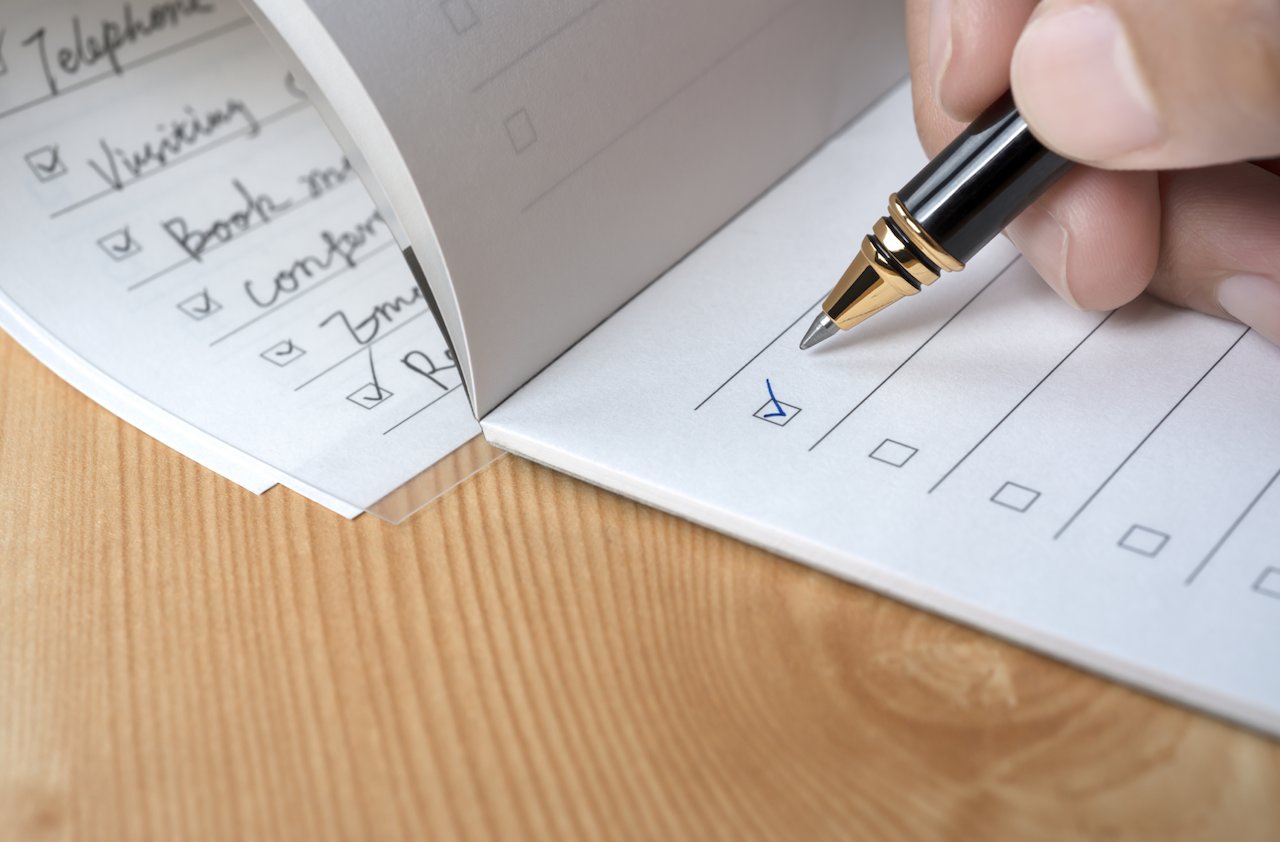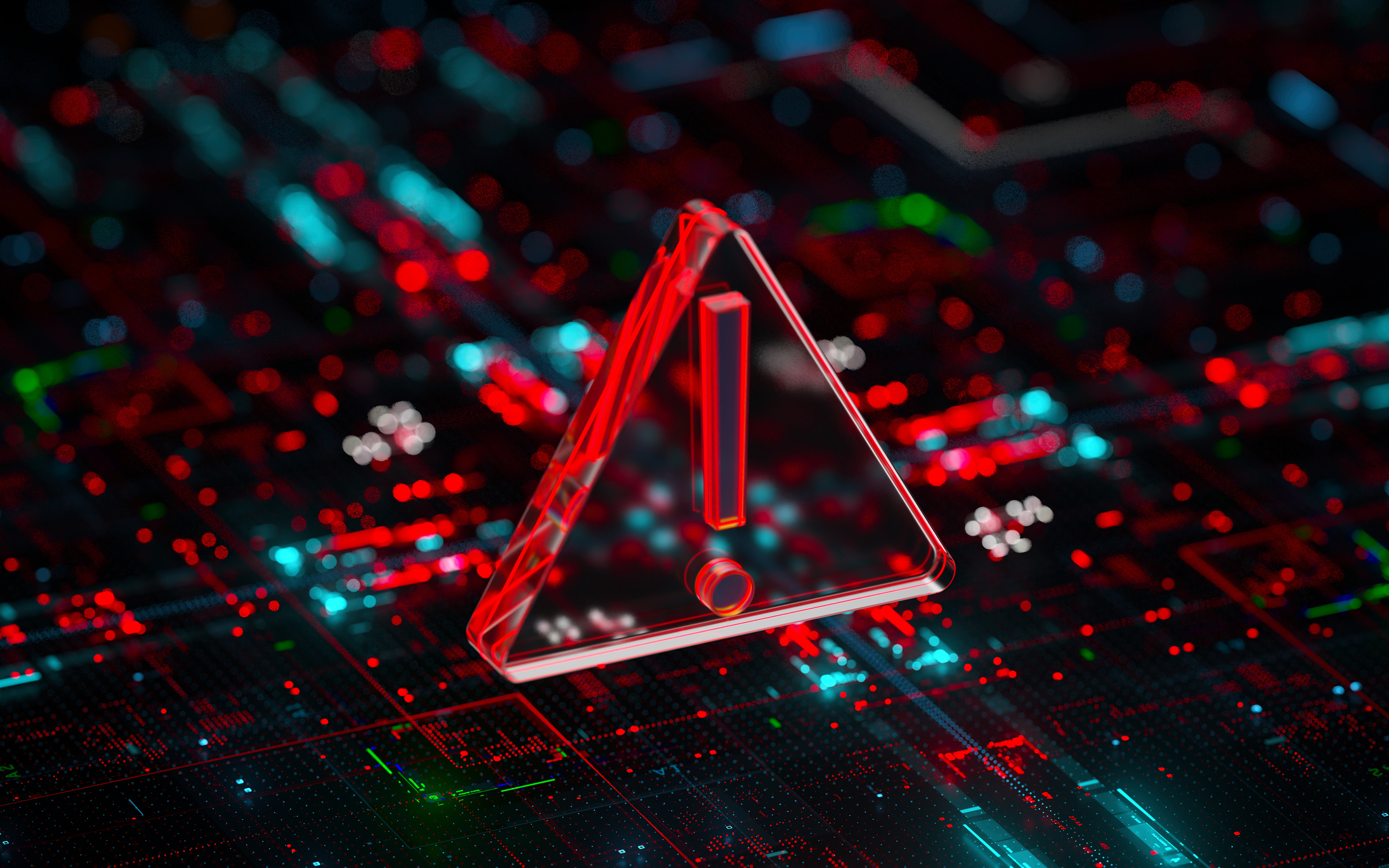Take a Financial Inventory
Find out what you own and what you owe, then track where your money goes.

If you're on top of your regular income and outgo, then maybe you can safely skip this section. But if you're barely making it from payday to payday or have the distinct feeling that you're treading water while others swim merrily by, then here is where you'll find the means to get moving.
One thing you need to do is take a financial inventory. That means sorting out the money and other assets that are all yours from those that someone else has a claim on -- in other words, finding out what you own and what you owe. You add up the value of everything you own, then you subtract from it the total of all your debts. The result is your net worth.
First, though, it will be helpful to perform another little piece of self-analysis. Taking some time to record what you do with the money that passes through your hands on a day-to-day basis will pay off in valuable information about the state of your financial affairs. It's the first step in getting them under control.
From just $107.88 $24.99 for Kiplinger Personal Finance
Become a smarter, better informed investor. Subscribe from just $107.88 $24.99, plus get up to 4 Special Issues

Sign up for Kiplinger’s Free Newsletters
Profit and prosper with the best of expert advice on investing, taxes, retirement, personal finance and more - straight to your e-mail.
Profit and prosper with the best of expert advice - straight to your e-mail.
If you haven't been paying much attention to where your money goes, use our household budget worksheet. You'll have exact figures for some expenses -- mortgage or rent, for example, and insurance premiums -- and you can estimate others on a monthly basis. Go over your paychecks, bills and credit card statements. Hang on to cash-register receipts from stores, gas stations, and restaurants. The more actual expenditures you can pinpoint, the more you'll know about your spending habits when you're through.
No matter how this exercise comes out, you're going to be confronted with the evidence of your spending and forced to make some judgments about it. You'll find yourself in one of three situations.
Are income and expenditures roughly in balance? Making it from one year to the next without getting into a hole may be something of a feat these days, but before you start patting yourself on the back, check your totals again. How much did you put into savings compared with what you spent on recreation, gifts or clothing? Out-of-whack entries in those or other categories of discretionary spending could mean trouble's brewing. There's more to good money management than balancing the books. You have to balance your priorities, too.
Did you make more than you spent? This isn't necessarily a good sign, either. Because your cash-flow statement includes savings and investments, you shouldn't have any money left over. What may at first look like a surplus is probably just a failure to remember some spending. Go over the numbers again.
Did you spend more than you made? This is the clearest sign of trouble ahead. You've either been dipping into savings, borrowing money or buying on credit. You can get away with it for a while, and there are times when it's smart to borrow or when you have no choice. But as a regular practice, it's bad money management that will cost you in the long run.
Go over your cash-flow statement carefully, looking for places where your money might be dribbling away. You should begin to spot some ways to plug the leaks.
Profit and prosper with the best of Kiplinger's advice on investing, taxes, retirement, personal finance and much more. Delivered daily. Enter your email in the box and click Sign Me Up.
-
 Nasdaq Sinks 418 Points as Tech Chills: Stock Market Today
Nasdaq Sinks 418 Points as Tech Chills: Stock Market TodayInvestors, traders and speculators are growing cooler to the AI revolution as winter approaches.
-
 23 Last-Minute Gifts That Still Arrive Before Christmas
23 Last-Minute Gifts That Still Arrive Before ChristmasScrambling to cross those last few names off your list? Here are 23 last-minute gifts that you can still get in time for Christmas.
-
 The Rule of Compounding: Why Time Is an Investor's Best Friend
The Rule of Compounding: Why Time Is an Investor's Best FriendDescribed as both a "miracle" and a "wonder," compound interest is simply a function of time.
-
 AI Appliances Aren’t Exciting Buyers…Yet
AI Appliances Aren’t Exciting Buyers…YetThe Kiplinger Letter Artificial intelligence is being embedded into all sorts of appliances. Now sellers need to get customers to care about AI-powered laundry.
-
 I Need to Cut $1,000 From My Monthly Budget, and I've Already Given Up Starbucks and Dining Out. What Else Can I Do?
I Need to Cut $1,000 From My Monthly Budget, and I've Already Given Up Starbucks and Dining Out. What Else Can I Do?Here are some creative ways to save up to $1,000 a month, even if you feel like you've already made all of the obvious cuts.
-
 I'm a Government Employee and Need to Get By Until the Shutdown Ends. What Can I Do?
I'm a Government Employee and Need to Get By Until the Shutdown Ends. What Can I Do?The second-longest shutdown in history is leaving many federal workers with bills due and no paycheck to cover them. Here's what you can do to get by.
-
 Banks Are Sounding the Alarm About Stablecoins
Banks Are Sounding the Alarm About StablecoinsThe Kiplinger Letter The banking industry says stablecoins could have a negative impact on lending.
-
 Big Changes Are Ahead for Higher Ed
Big Changes Are Ahead for Higher EdThe Kiplinger Letter A major reform of higher ed is underway. Colleges are bracing for abrupt change, financial headwinds and uncertainty.
-
 What New Tariffs Mean for Car Shoppers
What New Tariffs Mean for Car ShoppersThe Kiplinger Letter Car deals are growing scarcer. Meanwhile, tax credits for EVs are on the way out, but tax breaks for car loans are coming.
-
 AI’s Rapid Rise Sparks New Cyber Threats
AI’s Rapid Rise Sparks New Cyber ThreatsThe Kiplinger Letter Cybersecurity professionals are racing to ward off AI threats while also using AI tools to shore up defenses.
-
 Blue Collar Workers Add AI to Their Toolboxes
Blue Collar Workers Add AI to Their ToolboxesThe Kiplinger Letter AI can’t fix a leak or install lighting, but more and more tradespeople are adopting artificial intelligence for back-office work and other tasks.